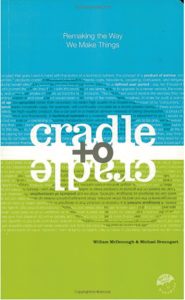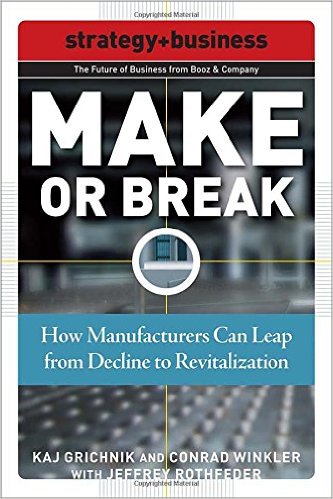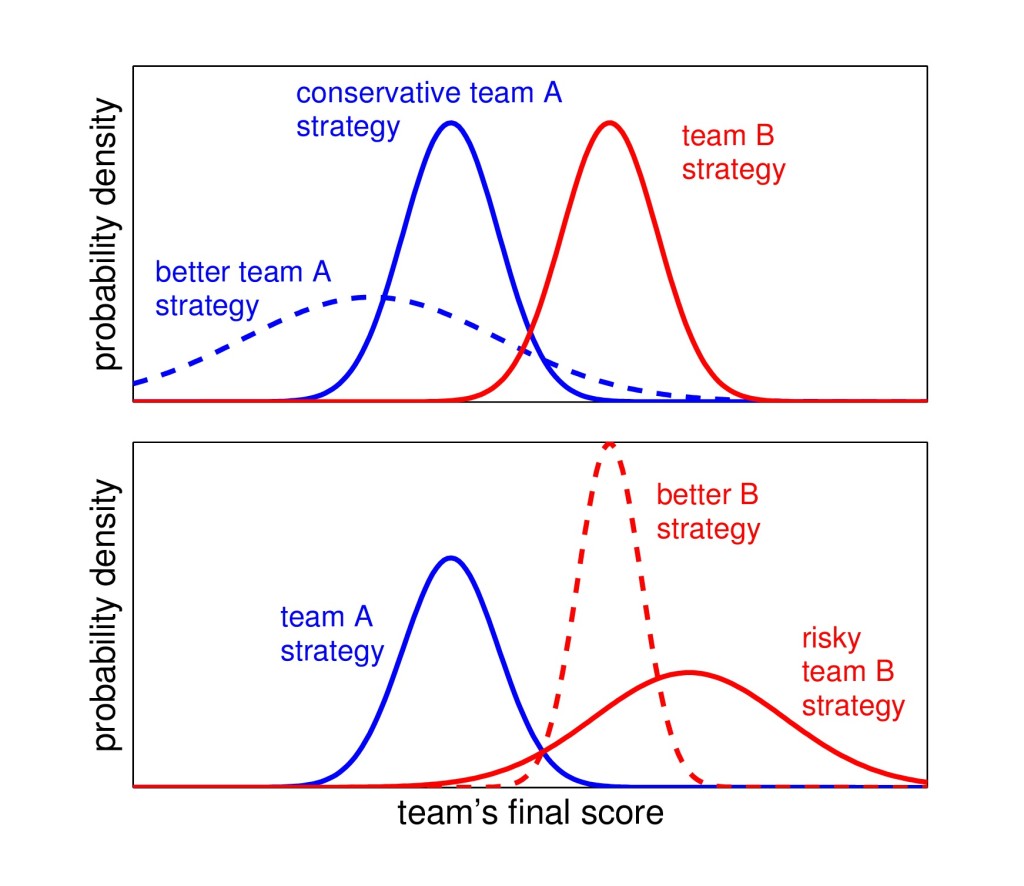These are the talks I attended at the Production and Operations Management Society Conference, mostly listed for my future reference:
Friday 8am, Track 4:
-Optimal Workload Management During a Physician’s Shift in an Emergency Dept by Zhankun Sun and Nan Liu
-The Impact of Delay announcements on Hospital Networks Coordination and Waiting Times by Jing Dong, Elad Yom-Tov and Galit Yom-Tov
-An Empirical Study of the Impact of Introducing Physician Assistants During Critical Care Consultations by Mor Armony, Carri Chan, and Yunchao Xu
-Steady-State Approximation for Discrete Queue in Hospital Inpatient Flow Management by Pengyi Shi and Jim Dai
Friday 9:45am, Track 56
-Understanding Customers’ Retrials in Call Centers: Preference of Service Speed and Service Quality by Kejia Hu, Gad Allon, and Achal Bassamboo
-Modelling Service Times in a Call Center by Rouba Ibrahim, Pierre L’Ecuyer, Haipeng Shen, and Mamadou Thiongane
-Vertical Probabilistic Selling: The Role of Consumer Anticipated Regret by Yong Chao, Lin Liu, and Dongyuan Zhan
-Want Priority Access? Refer Your Friends to Skip the Line by Luyi Yang and Laurens Debo
Friday Plenary: Fulfillment Challenges Create Research Opportunities at Amazon by Russell Allgor
Friday 1:30pm, Track 80:
-Project Management under Risk-Sharing Contracts by Sina Shokoohyar, Elena Katok, and Anyan Qi
-The Impact of Decision Rights and Long Term Relationships on Innovation Sharing by Ruth Beer, Hyun-Soo Ahn, and Stephen Leider
(PRESENTING)-Linking Customer Behavior and Delay Announcements Using a Duration Model by Qiuping Yu, Eric Webb, and Kurt Bretthauer
-Equity Bargaining in Startups by Evgeny Kagan, Stephen Leider, and William Lovejoy
Friday 3:15pm, Track 133:
-Closing a Supplier’s Energy Efficiency Gap: The Role of Assessment Assistance and Procurement Commitment by Jason Nguyen, Karen Donohue, and Mili Mehrotra
(PRESENTING)-Energy Efficiency and Demand Response on a Production Line by Eric Webb, Kyle Cattani, and Owen Wu
Friday 5pm, Track 170:
-How to Get the Conflict Out of the Mineral Supply Chain by Han Zhang, Goker Aydin, and Sebastian Heese
Friday 5pm, Track 169:
-Carbon Leakage: The Impact of Asymmetric Emission Regulation on Technology and Capacity Investments by Kristel Hoen, Natalie Huang, Tarkan Tan, and Beril Toktay
-Carbon Tariffs: Effects in Settings with Technology Choice by David Drake
-Dynamics of Capacity Investment in Renewable Energy Projects by Nur Sunar and John Birge
Saturday 8am, Track 182:
-Variability in Labor Schedules: Effects on Customer Satisfaction and Employee Turnover by Hyun Seok Lee, Saravanan Kesavan, and Camelia Kuhnen
-Social Media and Traffic: A Cross-Section Study by Dennis Zhang and Ruomeng Cui
-Do Consumers Benefit from Dynamic Pricing? Evidence from SFpark by Pnina Feldman, Jun Li, and Hsin-Tien Tsai
Saturday 9:30am, Track 220:
-Impact of Severity-Adjusted Workload on Health Status of Patients Discharged from an ICU by Song-Hee Kim, Edieal Pinker, Joan Rimar, and Elizabeth Bradley
-Public Relative Performance Feedback in Complex Service Systems by Hummy Song, Anita Tucker, Karen Murrell, and David Vinson
-Quantifying the Impact of Care Coordination on Health Outcomes by Vishal Ahuja and Hari Balasubramanian
-Are Patients Patient? The Effect of Universal Healthcare on Emergency Department Visits by Diwas Kc
Saturday Plenary: Data-Driven Research in Revenue Management by David Simchi-Levi
Saturday 1:30pm, Track 267:
-An Analysis of Time-Based Pricing in Electricity Supply Chains by Baris Ata, Asligul Duran, and Ozge Islegen
-Kicking Ash: Who (or What) is Winning the War on Coal? by David Drake and Jeff York
-Feed-In Tariff Versus Rebate for Renewable Energy Generation by Ruben Lobel and Volodymyr Babich
-A New Approach to Power Purchase Agreement (PPA) Design for Wind Energy Projects by Xinyuan Zhu and Qingbin Cui
Saturday 3:15pm, Track 303:
-The Effect of Sourcing Policies on a Supplier’s Sustainable Practices by Vishal Agrawal and Deishin Lee
-Trust and Transparency in Social Responsibility by Tim Kraft, Leon Valdes, and Yanchong Zheng
-Design and Technology Choice for Recycling: The Value of Capacity Ownership and collaboration by Luyi Gui, Morvarid Rahmani, and Atalay Atasu
-Truth-Inducing Mechanism for Medical Surplus Product Allocation by Can Zhang, Atalay Atasu, Turgay Ayer, and Beril Toktay
Sunday 9:45am, Track 373:
-A Hybrid Data Envelopment Analysis Approach for Performance Evaluation: A Food Industry Case Study by Gazi Duman, Ozden Tozanli, and Elif Kongar
-Evaluation of Different Designs of End-of-Life Products Using Linear Physical Programming by Aditi Joshi and Surendra Gupta
-Application of Multi Criteria Decision Making in Optimizing End-of-Life Processes by Aditya Pandit and Surendra Gupta
-Two-Dimensional Warranty for an End-of-life Derived Products by Ammar Alqahtani and Surendra Gupta
Sunday Plenary: Being Relevant in the Age of Analytics by Mark Spearman
Sunday 2:30pm, Track 409:
-The Implication of Extended Warranties on a Closed-Loop Supply Chain by Wayne Fu and Atalay Atasu
-A Framework to Measure the True Impact of Take-Back Legislation by Megan Jaunich, Hadi Gashti, Joe DeCarolis, Robert Handfield, Eda Kemahlioglu-Ziya, and Ranji Ranjithan
-The Effect of Refurbished Products’ Quality on Recycling Incentive Strategies under Retailer Take-back Mode by Xiaoyan Wang and Weilai Huang
-When Remanufacturing Meets Product Innovation by Gendao Li and Marc Reimann
-Lemons, Trade-Ins, and Remanufacturing by Natalie Huang, Atalay Atasu, and Beril Toktay
Sunday 4:15pm, Track 440:
-Competitive Dynamic Pricing Under Capacity Constraints: An Experimental Study by Bahriye Cesaret and Elena Katok
Monday 8am, Track 492:
-A Dynamic Clustering Approach to Data-Driven Assortment Personalization by Sajad Modaresi, Fernando Bernstein, and Denis Saure
-Managing Product Transitions via Strategic Customer Selection by Adam Elmachtoub, Vineet Goyal, and Roger Lederman
Monday 9:45am, Track 509:
-The Role of an Inpatient Value-Based Purchasing (VBP) Program and Slack in Improving Hospital Performance by John Ni and Xiaowen Huang
-Bundle Payment vs. Fee-For-Service: Impact of Payment Scheme on Performance by Elodie Adida, Hamed Mamani, and Shima Nassiri
-Impact of Healthcare Reform on Hospital Suppliers by Sayan Mukherjee, David Dobrzykowski, and Alok Baveja
-Are Penalties “Sticky” in the Long Term? An Empirical Investigation in U.S. Nursing Homes by Rachna Shah, Gopalakrishnan Narayanamurthy, and Anand Gurumurthy
Monday 11:30am, track 556:
-Impact of Digital Embeddedness on Organizational Purchase Behaviors by Haris Krijestorac and Rajiv Garg
-An Empirical Analysis of the Effect of Jump Bidding in Overlapping Online Auctions by Lin Hao, Yong Tan, and Arvind Tripathi
-Exploring the Drivers of Success of Mobile Apps by Eunho Park, Ram Janakiraman, Kaushik Dutta, and Subodha Kumar



